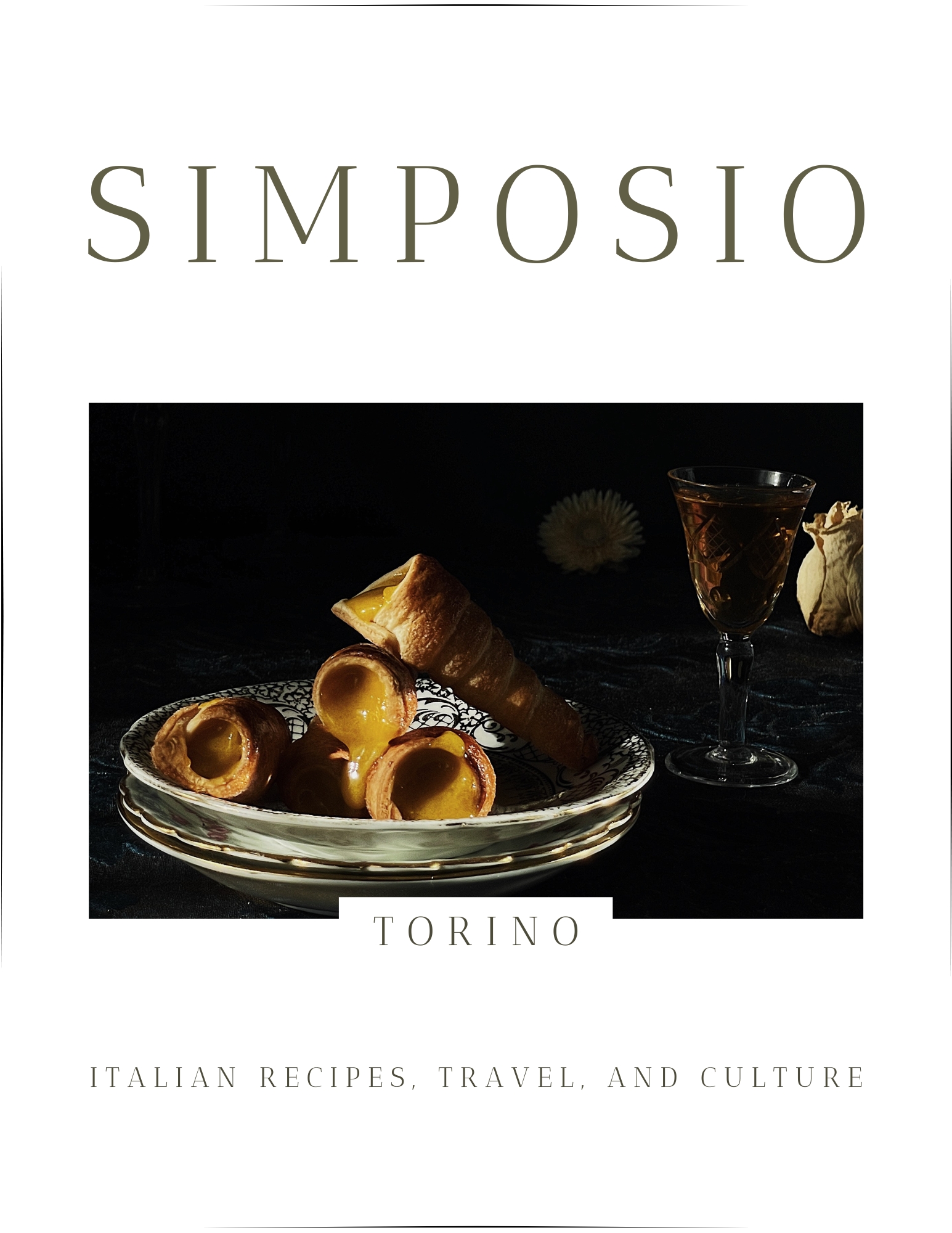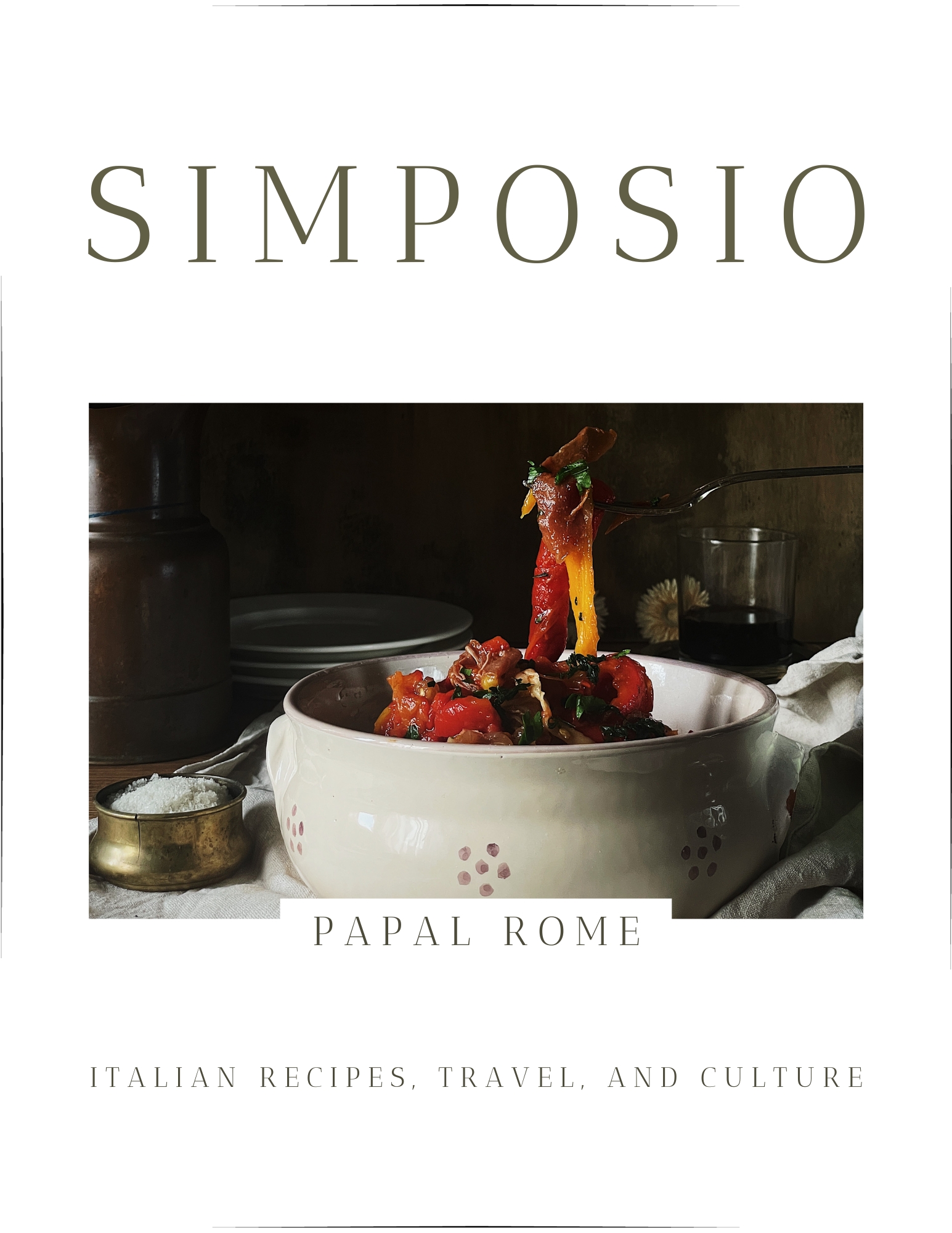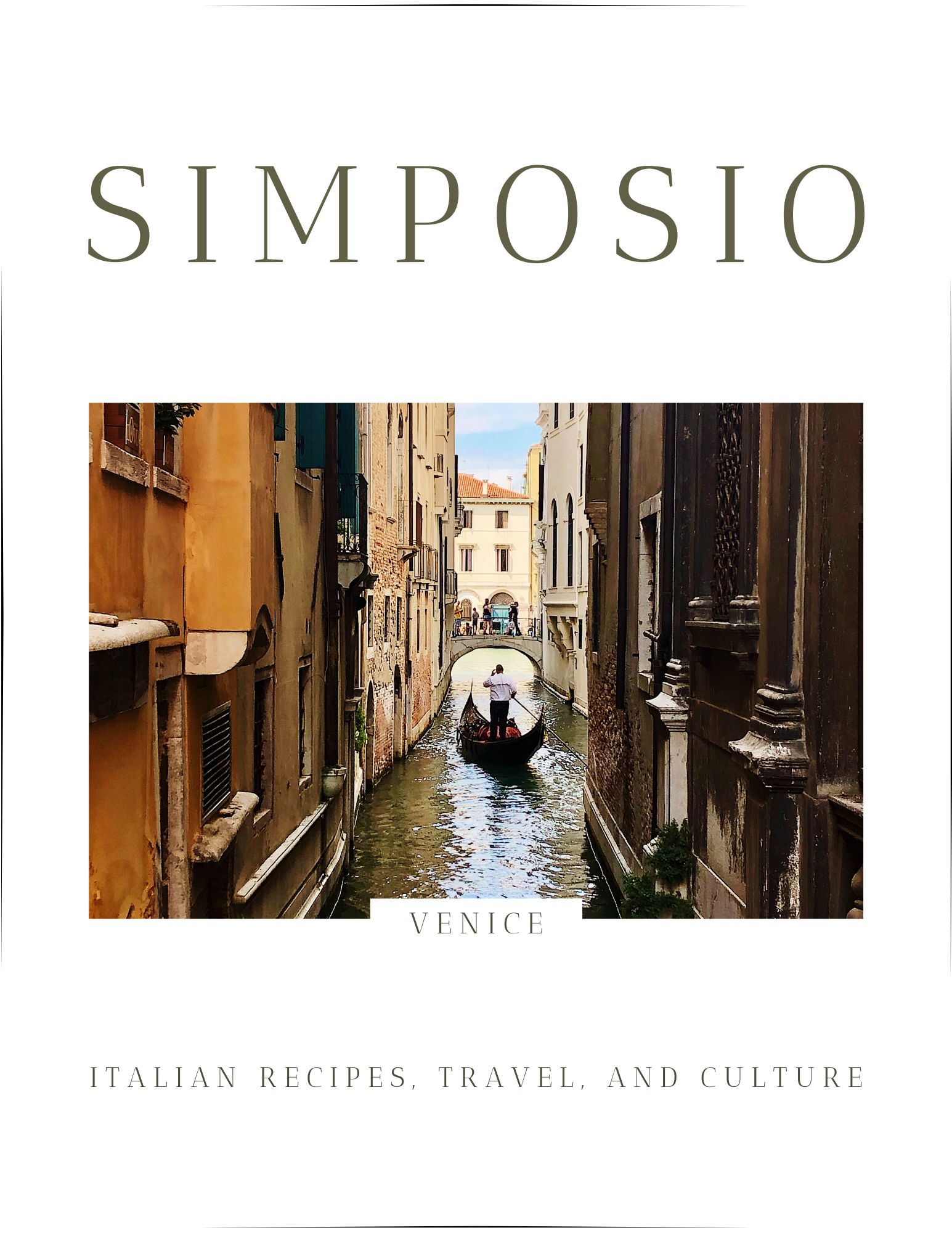This writing about the Pizzica dance, Taranta, Tarantate and the women of Puglia is from the Lecce’s Simposio, a recipe, travel, and culture book made in Italy.
The story of a tarantata
Let me tell you a story…
We are in a small town in Salento in the early 1930s.
Apollonia runs out of her house with a very preoccupied expression.
She enters Brizio’s carpenter “bottega” (workshop).
“I need your help: Oronza was bitten”.
“I see”, the man answers promptly, “go home, we will be there in a few minutes.”
Apollonia goes back home. After about twenty minutes, Brizio is there with his tambourine in one hand and a big basket full of objects in the other one. Ippazio is there too, with his violin. Then there’s Girolamo with the barrel organ and Vincenzo with the harmonica.
Brizio fills up a bucket with water, places it on the floor, and then takes the other things from the basket: a rope, a sword, and an oregano plant in a vase. He places everything on the floor, forming a circle. He closes the circle with a couple of chairs, a ladder, and a basil plant he found in Apollonia’s house.
Everyone holds colorful napkins in their hands: the colors will attract the tarantula.
Brizio begins playing his tambourine, slowly at first, and then faster and faster. The other players join him in a melody that recalls a tarantella but more accelerated and played in lower keys.
Oronza comes out of her room in a candid white nightgown. The gown is the only candid thing, though: Oronza’s face is intense, mean, but also strangely malicious.
She enters the circle and stares at all of them. She is particularly attracted by the handkerchiefs, especially the red ones. That must be the animal’s color, Apollonia tells herself.
Suddenly she bends backward and begins to crawl on the floor like a tarantula.
She sings and shouts, no wait, she’s not shouting, she is moaning, like… yes, like a woman fornicating.
And that’s exactly what she is miming now.
Apollonia thinks: “thank heaven we are in the house: when it happened to Maria’s daughter, they were in the town’s piazza and the girl ran into the church and urinated on the altar!!! It took the players four days to help her out”.
Oronza falls down. Her body is shaking compulsively like she’s having an epileptic attack.
Now she is immobile, blank eyes, in a trance. Then she twitches: “my stomach is bleeding”, she yells.
“Dance!” Brizio shouts at her, playing the tambourine even faster.
The girl barely stands up but begins to dance hysterically. She turns around and around, arms out. She jumps and shouts and sweats.
An hour has passed, and Oronza is still dancing. But her face is sweeter. She seems to be enjoying it now. She is dancing to life.
Suddenly she beats her right foot on the floor. She stepped on the tarantula. She defeated it!
Players stop their music to exult and cheer themselves for another job well done.
It’s time for the procession.
Oronza guides the musicians and many onlookers that have joined them while crossing the town to the field and the exact point where she was bitten.
The tambourine starts playing again, and so do the violin and the other instruments. Oronza dances for the last time to celebrate the victory of life (the one she is given, at least) over the evil poison of the tarantula. That beast wanted her to be free of common sense, to do whatever came to her mind, in every given moment, to let down her parents and the community.
But she is safe now. She can go back home, be the perfect little girl she is expected to be, and respect her duties…
Until the next bite!
History of The Taranta and the Tarantate
Women in Puglia have been bitten by tarantulas until the late 1950s.
Scientists and sociologists have elaborated their theories.
It’s been confirmed that a spider lives in the grain fields. Its bite is not mortal, but still… It’s also been verified that frantic dancing and copious sweating release endorphins. This helps expel the poison.
The psychological hysteria has been covered, too, of course.
Much has been said, written, and lectured. And still, if a little girl is too spirited, her mom or grandma will probably tell her, “what is it with you today, were you bitten by the tarantula?”.
But things change, and the now nineteen-year-old girl goes to the beach with her friends to celebrate the “Notte Della Taranta” (the night of the tarantula, an itinerant festival held in Puglia in August). They dance, drink, flirt, and have fun. They jump, shout and dream of their future: everything will be ok. They will live the life they’ll choose. They’ll be whoever they are.
All those bites must have left marks on the Apulian females’ DNA…
Good.
The Pizzica dance
There are two kinds of Pizzica dance. The one Oronza dances during the ritual, the “Pizzica Tarantata”, is the exorcism, music-therapy related one. Youtube “LA TARANTATA – LA VERA PIZZICA LECCESE” to have an idea of what I’m talking about.
While the “Pizzica Pizzica” is an ancient dance, which origins are linked to the cult of god Dionysius, the divinity of wine, fertility, ecstasy, and… good times!
When ancient Greeks or Romans venerated the god, they could behave licentiously and wildly. Eating, drinking, making love, and dancing something quite like the Pizzica.
The dance evolved into a family reunion tradition.
Contrary to common belief, it didn’t have a passionate, flirting nature but was instead a festive dance. Couples were made of young and elder, grandpas and nieces, mothers and sons, girls with girls, and boys with boys. While dancing, they’d make fun of each other, simulate skirmishes, or simply loosen up and have fun.
When you wanted to dance, you only had to wave a colorful handkerchief in the face of your chosen partner and enter the “ronda”: a circle made of all the other dancers, musicians, and curious.
You began slowly, studying your partner, getting close, and then running away. As the music got faster, you would spin around, making your fluffy skirt follow your movements, holding the limbs in your hands. If your partner was a man, he would dance by stepping his feet on the ground – arms out and open. You would improvise choreographies and dance steps and have the time of your life. And then, join the “ronda” and watch your little cousin do the same with uncle Giovanni.
And so on, until musicians had the energies to play and dancers the enthusiasm to swing.
Put on a Pizzica and start dancing like a liberated, wild, a bit crazy, Italian!
Claudia







